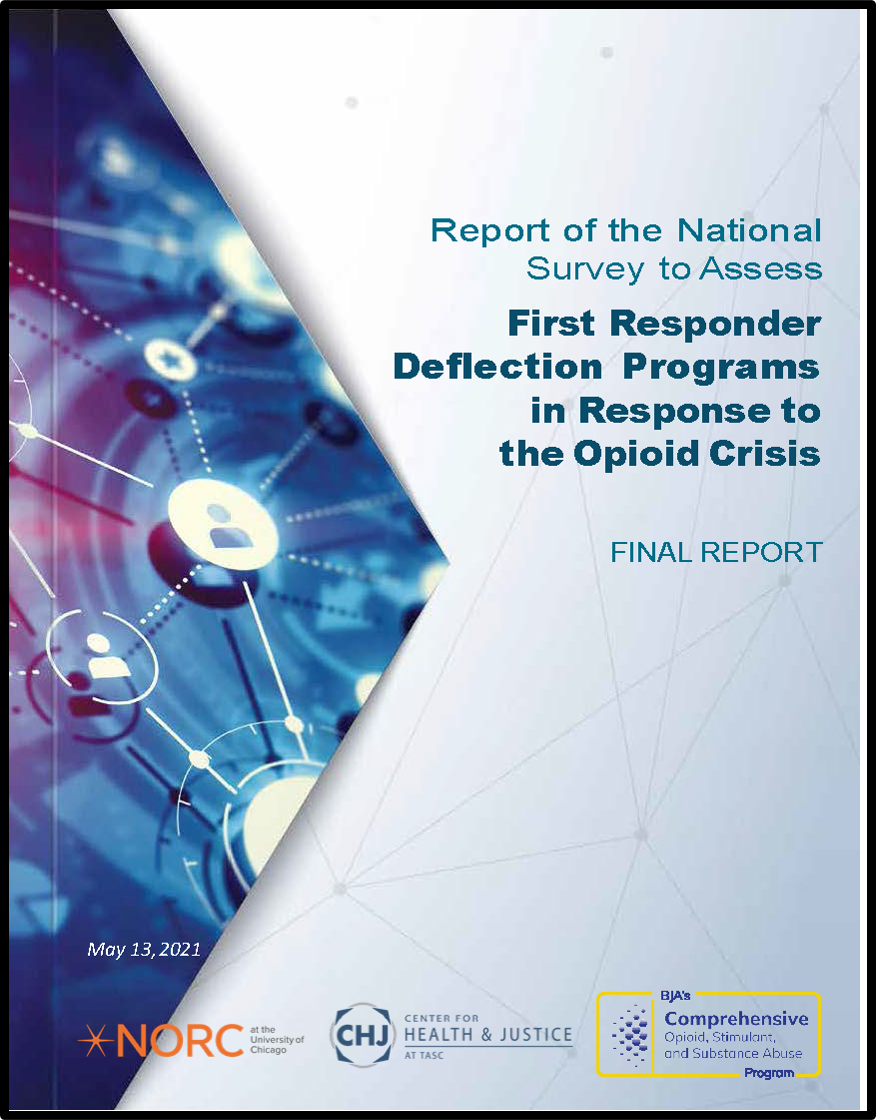
This report presents the methodology and findings of the first-of-its kind national, federally funded survey of law enforcement-led diversion and first-responder deflection (FRD) programs built on the five pathways of deflection from the justice system of drug-related cases that stem from significant increases in the number of fatal and non-fatal opioid overdoses.
Because deflection is still an evolving practice, research is necessary to determine best practices and whether the envisioned outcomes are achievable. This survey and the information it produced constitute an important first effort of data collection and analysis in this field. This report first reviews the history of the field of deflection and diversion from arrest in cases of life-threatening opioid drug addiction. Six key survey findings are presented. First, most deflection programs were created and led by law enforcement agencies. Second, there are a variety of deflection programs, which are typically driven by local needs and priorities. Third, deflection programs operate through networks of collaboration and partnerships among public agencies, with a coordinator who manages daily operations. Fourth, substance-use disorder treatment is the leading service to which deflection programs link. Fifth, recovery support services are involved in about 80 percent of deflection programs. Sixth, nearly 90 percent of the deflection programs that participated in the survey were in states that have expanded Medicaid through the Affordable Care Act; however, funding for services of FRD programs is approximately equal between public and private sources. The report’s conclusions project how the critical findings may apply to a range of policies and important issues in the criminal justice system and related areas, including public health, public safety, and other sectors. Appendices contain the survey questionnaire and charts, tables, and graphs of survey data.
